Open Access Scholarly Work
Expand your knowledge on immigration and indigenous human rights issues through a curated collection of open access journal articles, reports, and book resources.

The article “Guatemala: Memory, violence and change” is important to read because it examines the history of violence and conflict in Guatemala and the efforts to achieve peace and reconciliation in the country. It provides insight into the challenges and successes of the peace building process, and the ongoing struggles to address the legacy of violence and impunity.
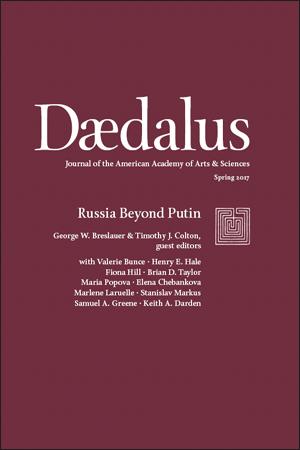
“Latin American Immigration to the United States” by Marta Tienda and Susana M. Sánchez provides an overview of the historical and contemporary trends of Latin American immigration to the United States. The article examines the political, economic, and social factors that drive migration from Latin America, as well as the demographic and cultural characteristics of Latin American immigrants in the US. The article also discusses the impact of Latin American immigration on US society and the policy debates surrounding immigration reform.
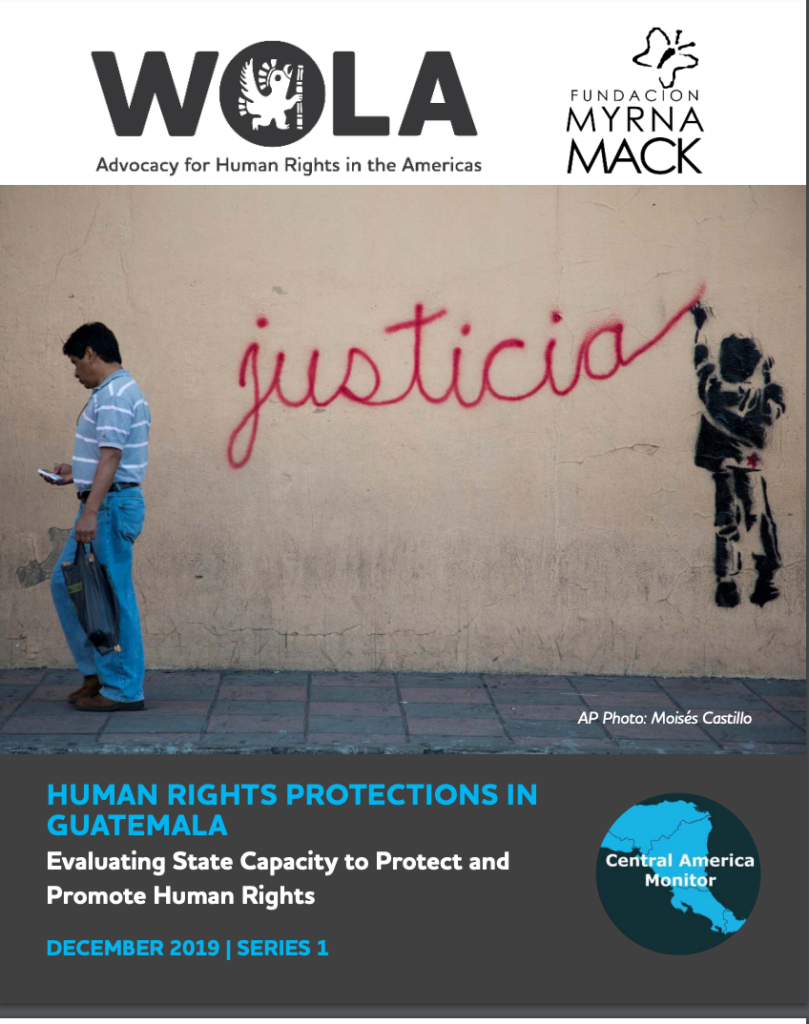
“Human Rights in Guatemala: 2019-2020” provides a detailed and up-to-date analysis of the human rights situation in Guatemala. It highlights ongoing challenges related to impunity, corruption, and attacks against human rights defenders, as well as progress in some areas such as indigenous rights and gender equality. This information can be useful for policymakers, activists, and other stakeholders working to promote human rights in Guatemala.
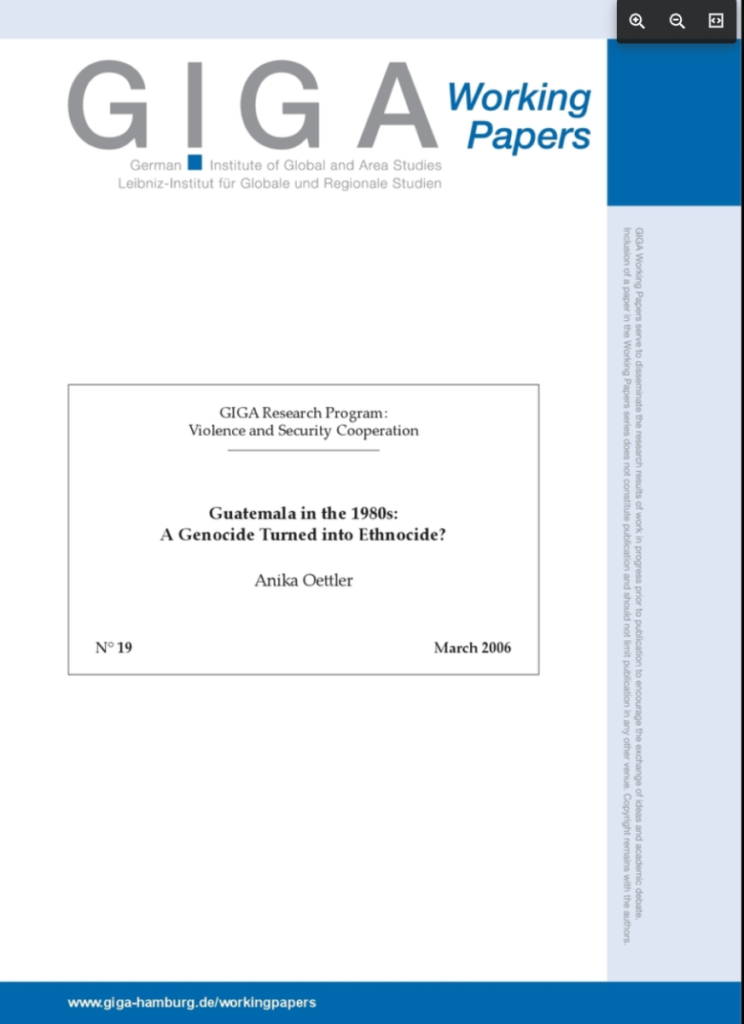
“Guatemala in the 1980s: A Genocide Turned into Ethnocide?” examines the Guatemalan genocide of the 1980s, arguing that it was not only a genocide of the Mayan people but also an ethnocide, aimed at erasing the Mayan culture and identity. The article provides a detailed analysis of the political and social context of the genocide, highlighting the role of the Guatemalan state and military in perpetrating violence against the Mayan people. The article also discusses the impact of the genocide on contemporary Guatemala and the ongoing struggles for justice and reconciliation.
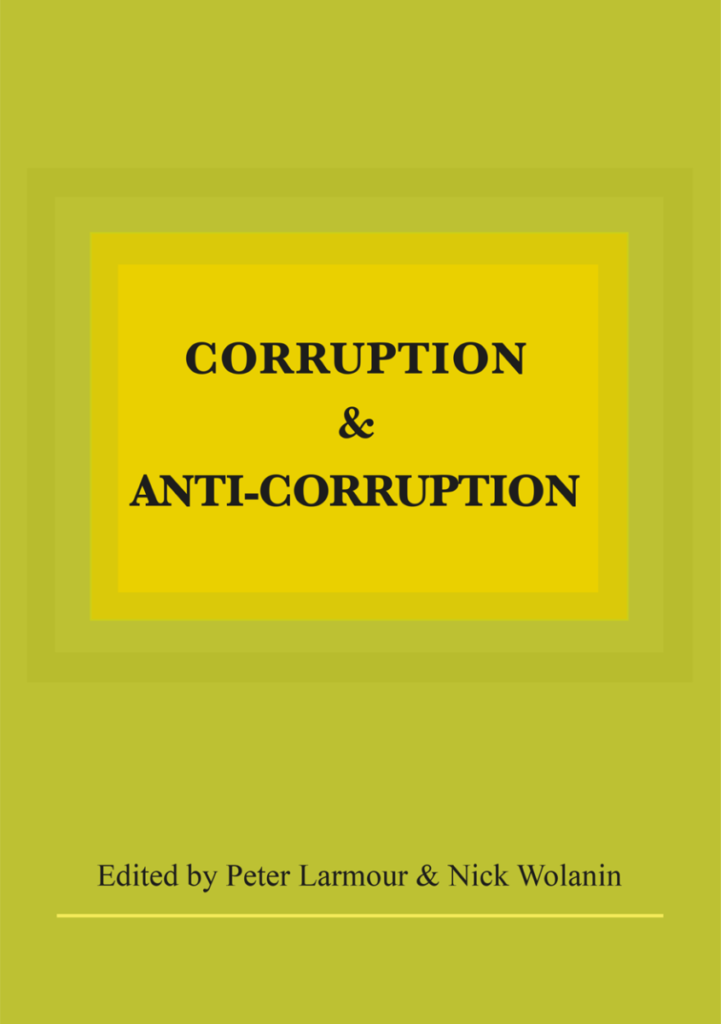
In chapter 3 of “Corruption and Human Rights: Interdisciplinary Perspectives”, Zoe Pearson presents an international human rights approach to understanding and addressing corruption. The chapter argues that corruption is a violation of human rights, as it undermines democratic institutions, restricts access to basic services, and perpetuates social and economic inequality. Pearson discusses the ways in which international human rights law and institutions can be used to combat corruption, and highlights the importance of promoting transparency, accountability, and public participation in the fight against corruption.
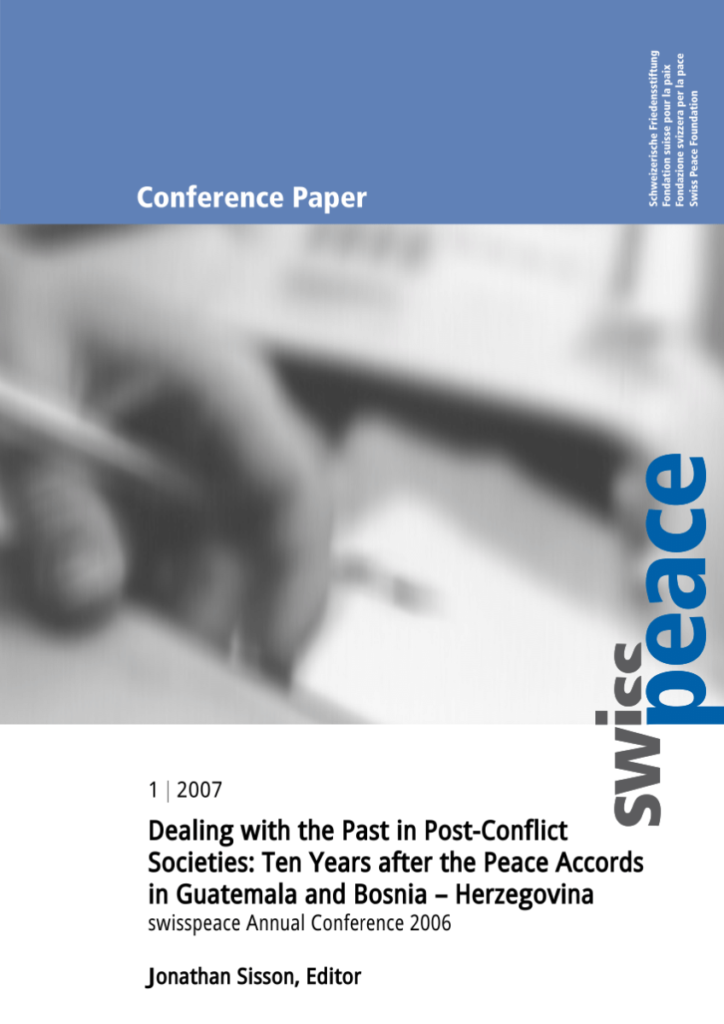
“The Legacy of Genocide in Guatemala: Memory and Psychosocial Recovery in Affected Communities” explores the long-lasting impact of the Guatemalan genocide on the mental health and wellbeing of affected communities. The report highlights the importance of memory and collective healing in the process of psychosocial recovery, and argues that a holistic approach is needed to address the complex and intergenerational trauma caused by the genocide. The paper also discusses the challenges and limitations of the current efforts towards justice and reparations for the victims of the genocide.
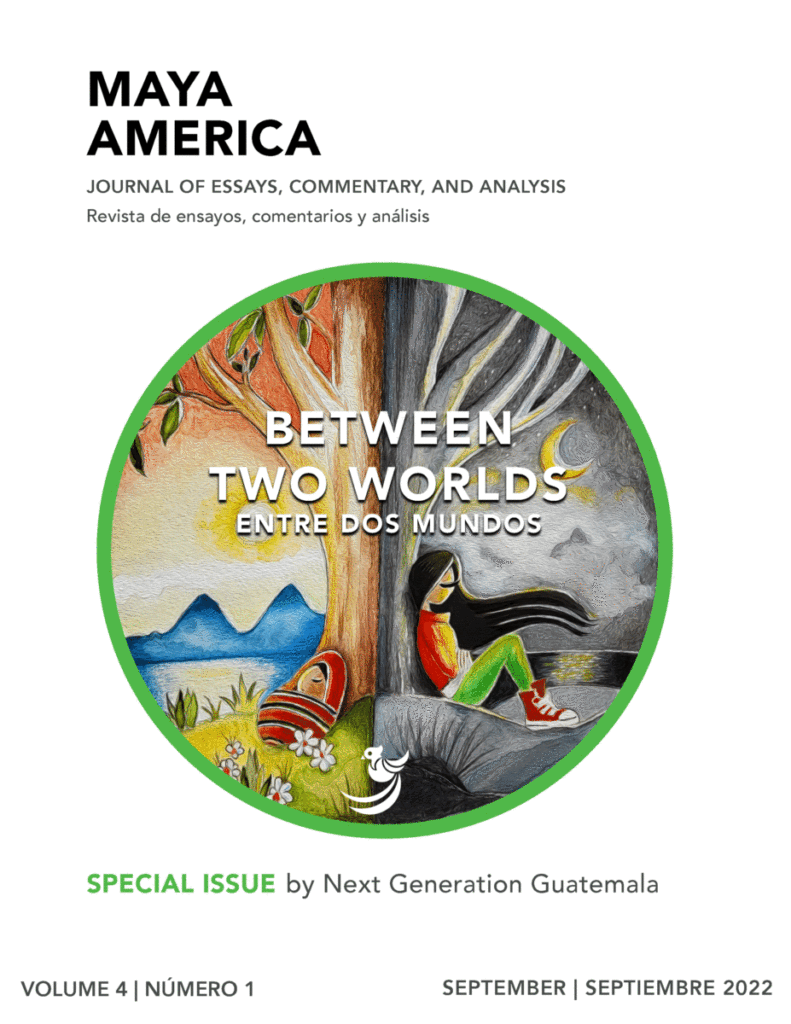
“Why would anyone leave?” – “¿Por qué alguien se iría?”: Development, overindebtedness, and migration in Guatemala” explores the reasons behind migration from Guatemala, focusing on the impact of development and overindebtedness on this phenomenon. The article argues that the dominant development model in Guatemala has resulted in increased overindebtedness and poverty, which has in turn fueled migration to the United States. The article provides insights into the complex factors driving migration from Guatemala and the need for alternative development models that prioritize social and economic justice.
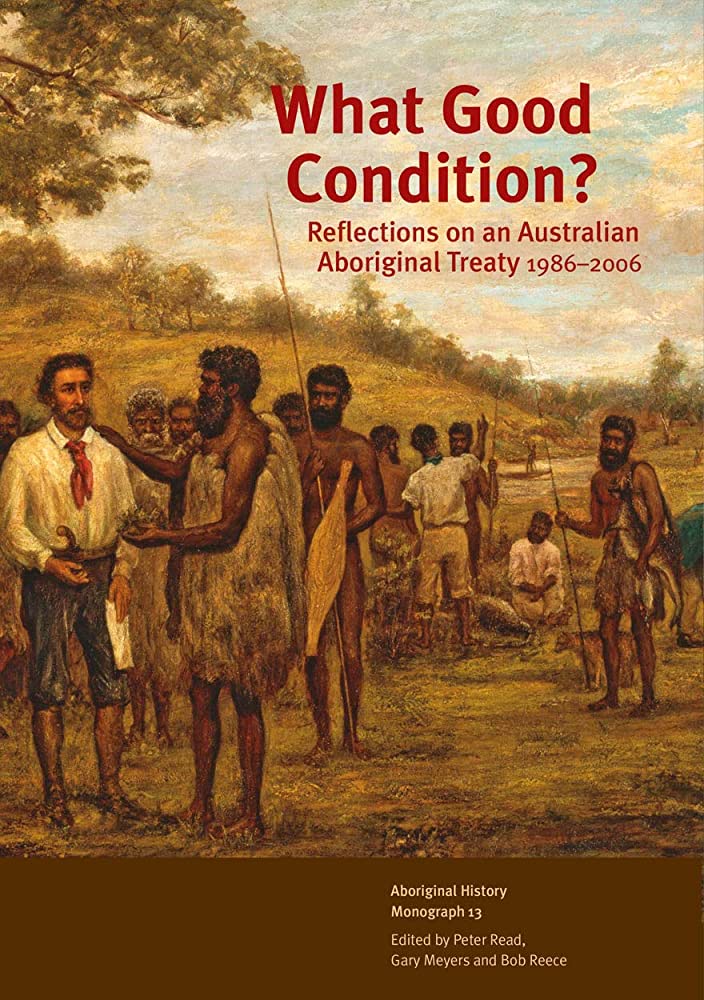
In this book chapter, Garth Nettheim discusses the application of international human rights laws to indigenous peoples’ rights. He explains the evolution of international legal frameworks that recognize indigenous rights, such as the International Labor Organization Convention and the UN Declaration on the Rights of Indigenous Peoples. Nettheim highlights the importance of understanding the intersection between indigenous peoples’ rights and human rights and how they can be used to promote and protect the rights of these marginalized groups.
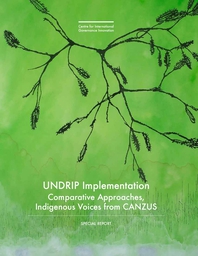
“The UN Declaration on the Rights of Indigenous Peoples: A Mixed Model of Interpretation” analyzes the interpretation and implementation of the UN Declaration on the Rights of Indigenous Peoples. The article argues that the UN Declaration represents a mixed model of interpretation, which combines elements of both international human rights law and indigenous legal traditions. The article provides insights into the challenges and opportunities of implementing the UN Declaration in practice, highlighting the need for dialogue and collaboration between indigenous communities, states, and international organizations.